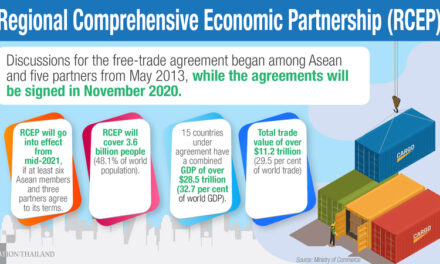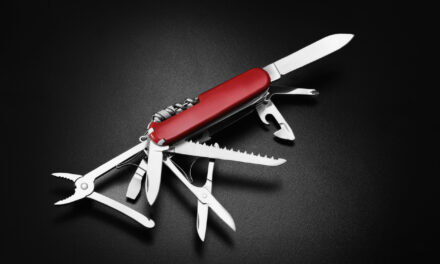Each year I take a look at our research, what I have learned from our clients, the latest books and hundreds of articles that I’ve read during the year to come up with some predictions and trends worth sharing. What’s interesting is that some of these trends have been ongoing for a number of years. My number one prediction has been the same for five years. I’m going to split this list into two parts, so make sure you come back next week to read part two! Without further ado, here are the first five of my top 10 predictions for 2021:
1. Customers continue to get smarter
This has led my list of predictions for several years. Our customers keep getting smarter about customer service and experience. They tolerate fewer customer service failures and demand better because they know it’s possible. They learn from other “rock star” businesses that set the bar higher for everyone. It could be a major brand or a small business down the street. When a customer receives great service from any type of business, an expectation is either created or confirmed. That makes it harder on customer service laggards that don’t step up to meet their customers’ standards. To make it perfectly clear, customers don’t just compare you to your direct competition; their standards are set higher by the best service they have ever received from anyone. Personally, I think this is good. Companies that expect to get paid for what they do should provide the expected level of service—or better. Customers continue to expect the brands they do business with to deliver on their higher expectations. Furthermore, brands and organizations are continuing to invest heavily in ways to give their customers a better experience. As customers become smarter, customer service and CX will beat price and, in some cases, even product.
2. Customers are becoming impatient. They want what they want NOW
Let’s put some numbers behind this. Earlier this year we released our 2020 Achieving Customer Amazement Survey results. A whopping 96.2% of customers are willing to leave because of bad customer service. That number will stay high and is more important than ever during a pandemic. Customers appeared to be more patient with the companies they did business with during the first few months of the pandemic. That patience diminished as customers saw some (and now all) companies returning to pre-pandemic levels of service. Customers also continue to be influenced by the companies that get it right (remember prediction number one). The result is an impatient customer. A term being used lately is the “Now Customer,” who expects to get what they want almost immediately. This goes beyond a lack of patience with having to wait on hold or stand in long lines. When customers can order online and get rapid delivery (sometimes two hours or less), they are training their brains to enjoy the experience and hope they get it from every business. They don’t want to wait for merchandise to be delivered, wait on hold, wait in line at a restaurant … you get the idea. The customer wants it now!
3. Convenience is no longer optional
Speaking of convenience … just two years I wrote about the concept of convenience and a low-friction customer experience. This was a differentiation that could help distance a company from its competition. The Covid-19 pandemic forced many convenience strategies to go from added value to the expected way of doing business. Before, delivery was a nice option that some businesses offered. Now, it’s an expectation that businesses have scrambled to incorporate into their day-to-day experience. The good news is that our 2020 Achieving Customer Amazement Survey shows that 67% of customers are willing to pay more for convenience, and when that convenience includes delivery, that number increases to 90%.
Maybe you’re interested in:
29 Psychological Tricks To Make You Buy More.
The 10 Must-Watch Movies for Finance Professionals
4. The virtual and remote workforce is business-as-usual
Covid-19 forced many companies to learn how to work virtually, which is another way of saying “work from home.” There are many companies that would have never thought it possible before but now embrace it to the point of saying, “We’re shutting down offices.” Not every company thinking like this is going to go 100% remote, but the option is there if they want—or need—to take it to that level.
5. Companies and brands find more ways to automate and digitize the experience
This is a nice follow-up to the previous prediction. Automated and digitized experiences can be good—until they’re not. The more a company automates its processes, the more it distances itself from the human-to-human connection that helps drive an emotionally connected sense of loyalty. If you want to see a prediction come to life, just look at what happened in the first few months of the pandemic. Companies were forced to adapt and adopt technologies that they would have eventually used, but not for three to five years. Covid-19 pushed us into the future. You just witnessed a prediction for the future come to life in real-time.
These five predictions are just the beginning. Next week, I’ll share five more ideas for what business and customer service will see in 2021. Stay tuned!
Source forbes.com






Recent Comments